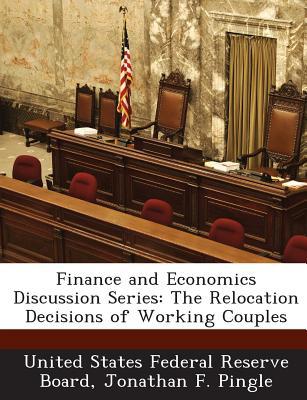Question
ABC Company is conducting a project with an up-front cost at t = 0 of $1,070,551. The project's subsequent cash flows are dependent on whether
ABC Company is conducting a project with an up-front cost at t = 0 of $1,070,551. The project's subsequent cash flows are dependent on whether a competitor's product is approved by FDA. There is a 60% chance that the competitive product will be rejected, in which case the company's expected cash flows will be $509,546 at the end of each of the next four years (t = 1 to 4). There is a 40% chance that the competitor's product will be approved, in which case the expected cash flows will be only $104,949 at the end of each of the next four years (t = 1 to 4). The company will know for sure one year from today whether the competitor's product has been approved. The company is considering whether to make the investment today or to wait a year to find out about the FDA's decision. If it waits a year, the project's up-front cost at t = 1 will remain at $1,070,551, and the subsequent cash flows will also remain the same with the same probabilities as no waiting. However, if the company decides to wait, the subsequent cash flows will be received only for three years (t = 2 to 4). All cash flows are discounted at the company's WACC of 10%. If the company chooses to wait a year, how much will this increase or decrease the project's expected NPV at t = 0, relative to the NPV if it proceeds today? If waiting a year decreases the NPV, add a negative sign (-) to your answer. Ignore dollar sign and round your final answer to the nearest dollar, e.g., xx,xxx or -xx,xxx. (Hint: Refer to the Evaluation of Investment Timing Option example in Real Options.)
Step by Step Solution
There are 3 Steps involved in it
Step: 1

Get Instant Access to Expert-Tailored Solutions
See step-by-step solutions with expert insights and AI powered tools for academic success
Step: 2

Step: 3

Ace Your Homework with AI
Get the answers you need in no time with our AI-driven, step-by-step assistance
Get Started


